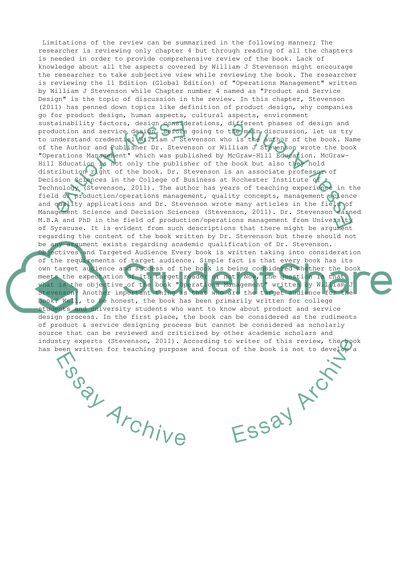Cite this document
(“Product and Service Design Research Paper Example | Topics and Well Written Essays - 3750 words”, n.d.)
Product and Service Design Research Paper Example | Topics and Well Written Essays - 3750 words. Retrieved from https://studentshare.org/business/1487731-product-and-service-design
Product and Service Design Research Paper Example | Topics and Well Written Essays - 3750 words. Retrieved from https://studentshare.org/business/1487731-product-and-service-design
(Product and Service Design Research Paper Example | Topics and Well Written Essays - 3750 Words)
Product and Service Design Research Paper Example | Topics and Well Written Essays - 3750 Words. https://studentshare.org/business/1487731-product-and-service-design.
Product and Service Design Research Paper Example | Topics and Well Written Essays - 3750 Words. https://studentshare.org/business/1487731-product-and-service-design.
“Product and Service Design Research Paper Example | Topics and Well Written Essays - 3750 Words”, n.d. https://studentshare.org/business/1487731-product-and-service-design.


